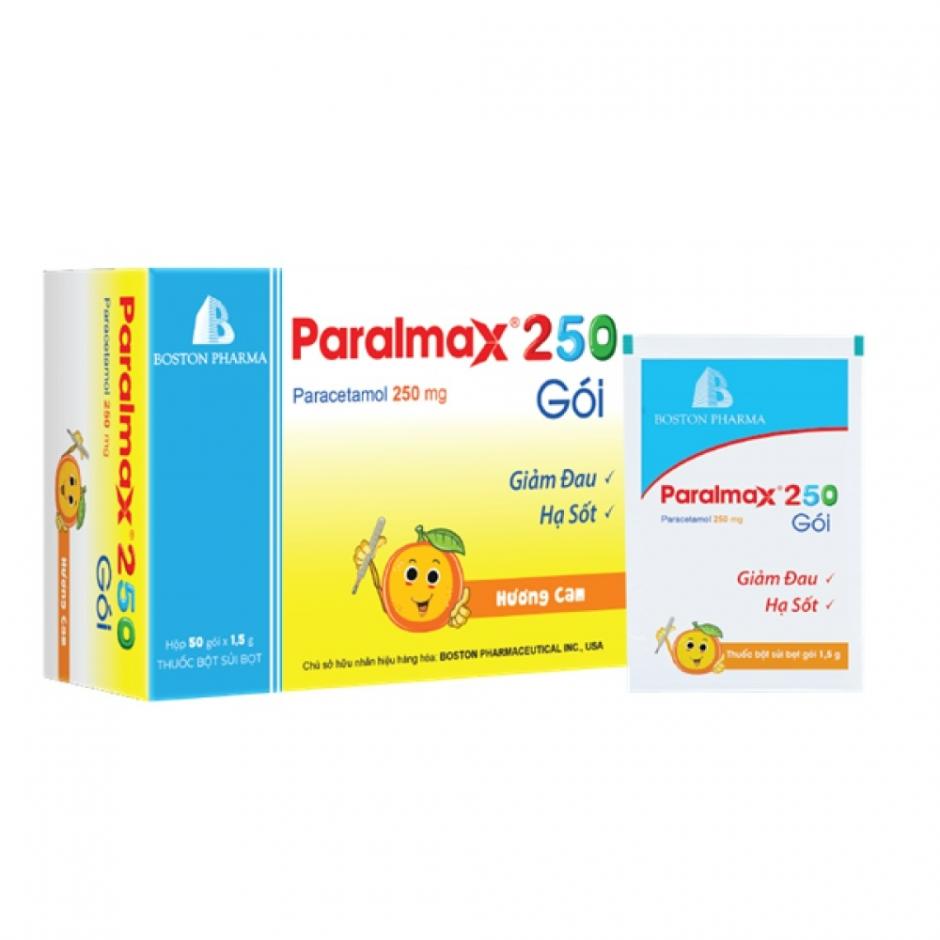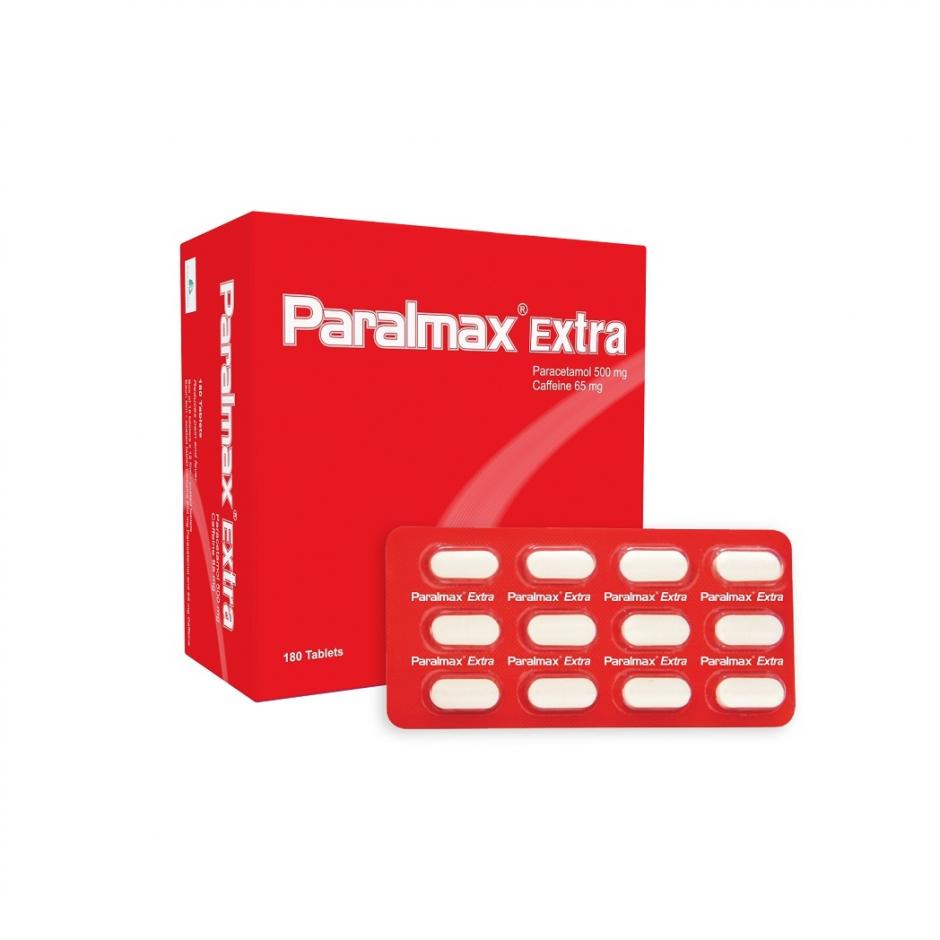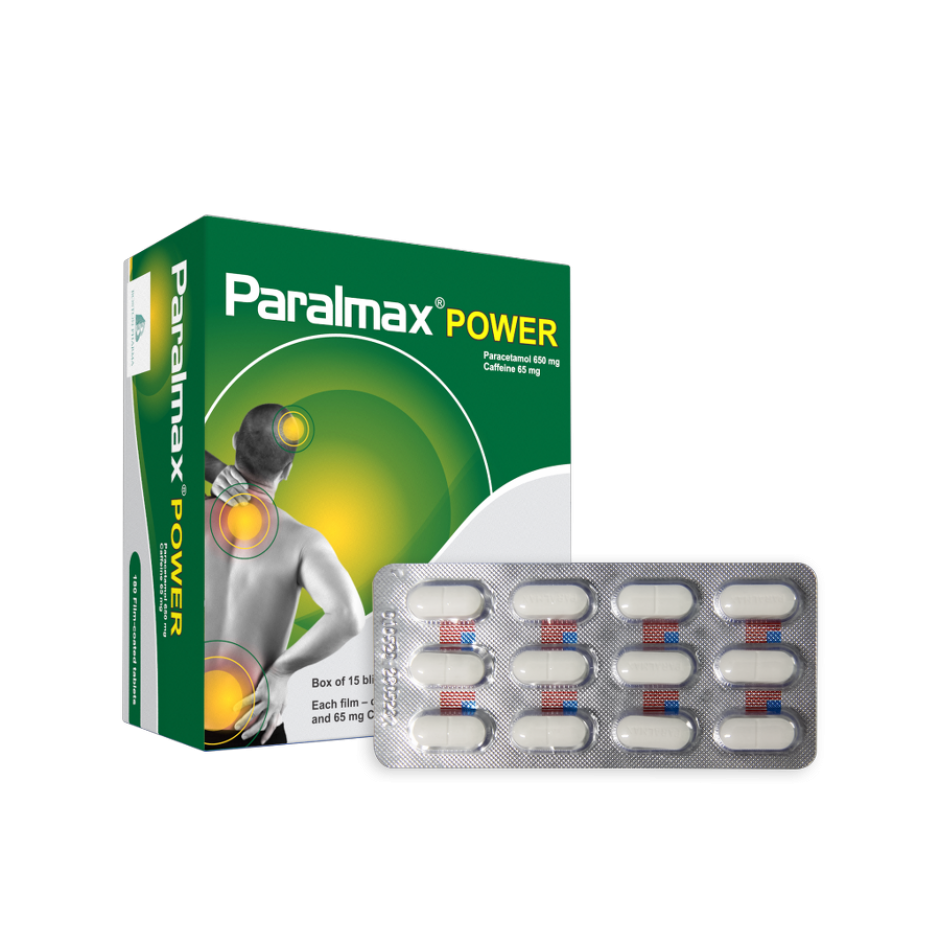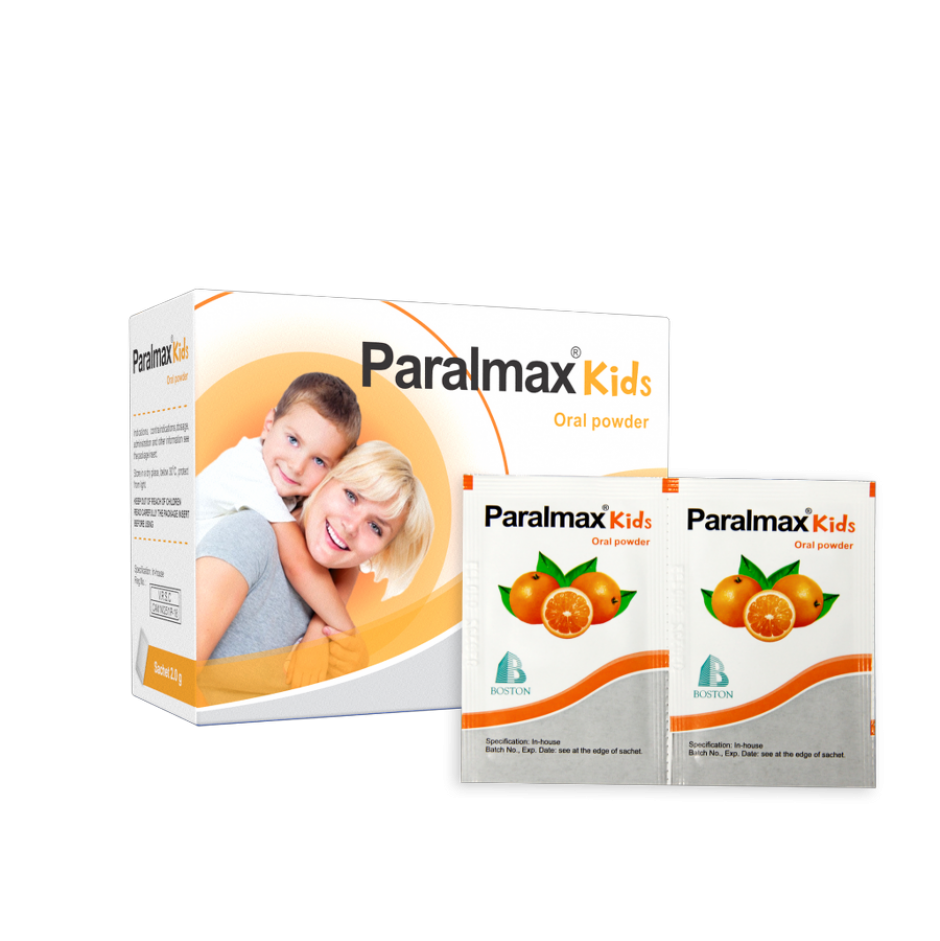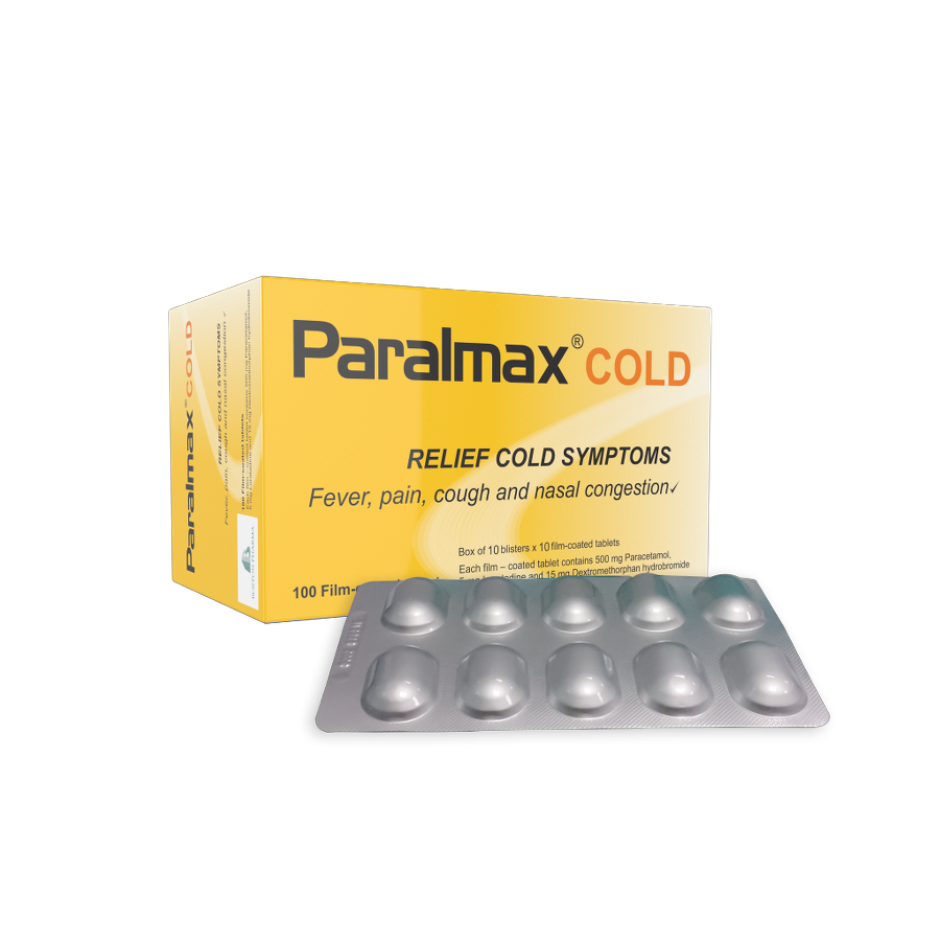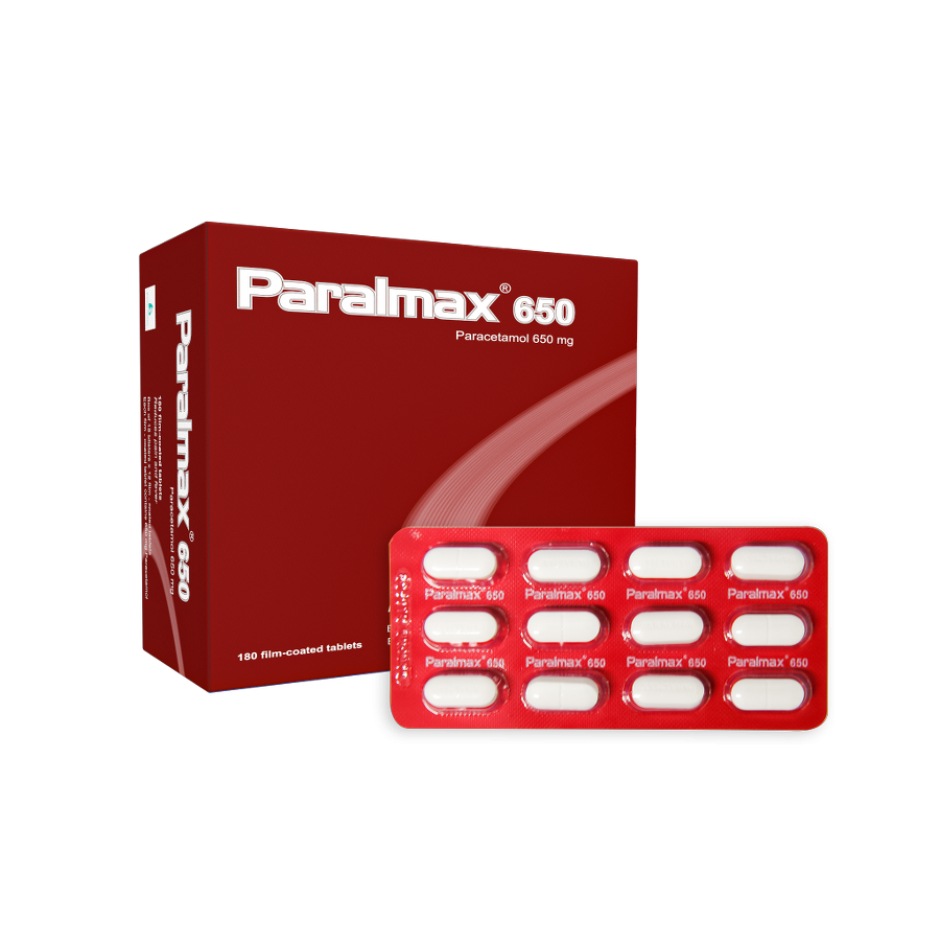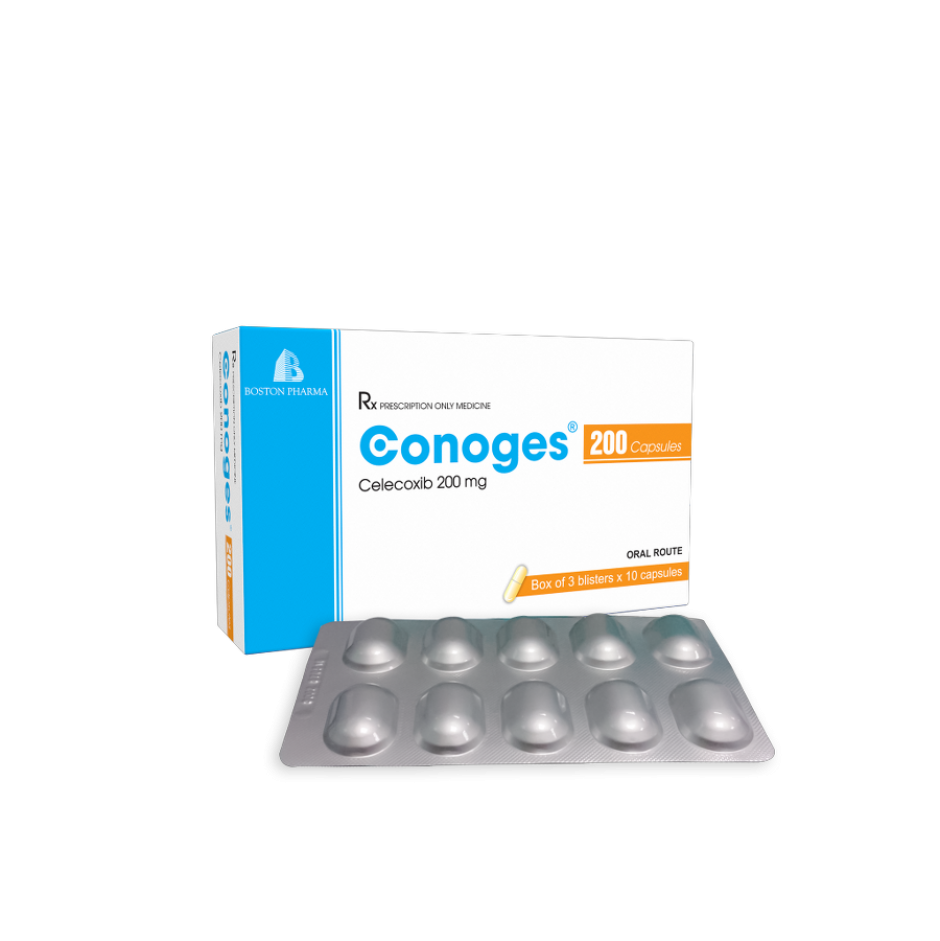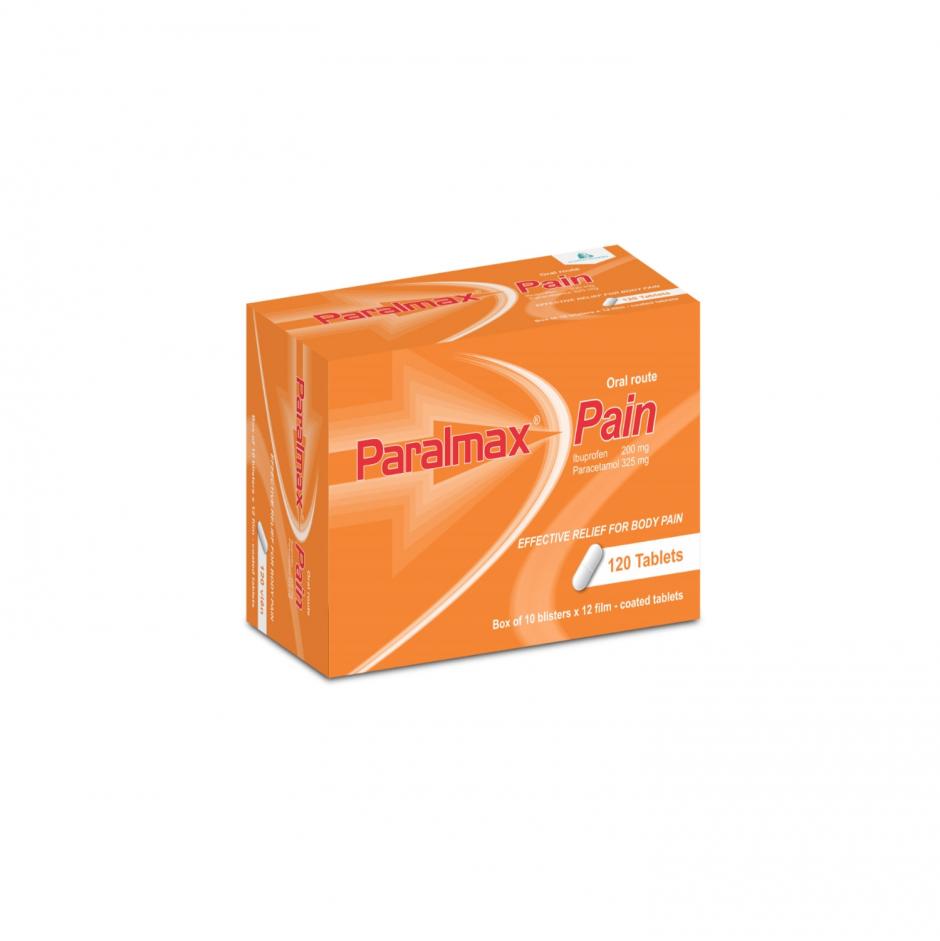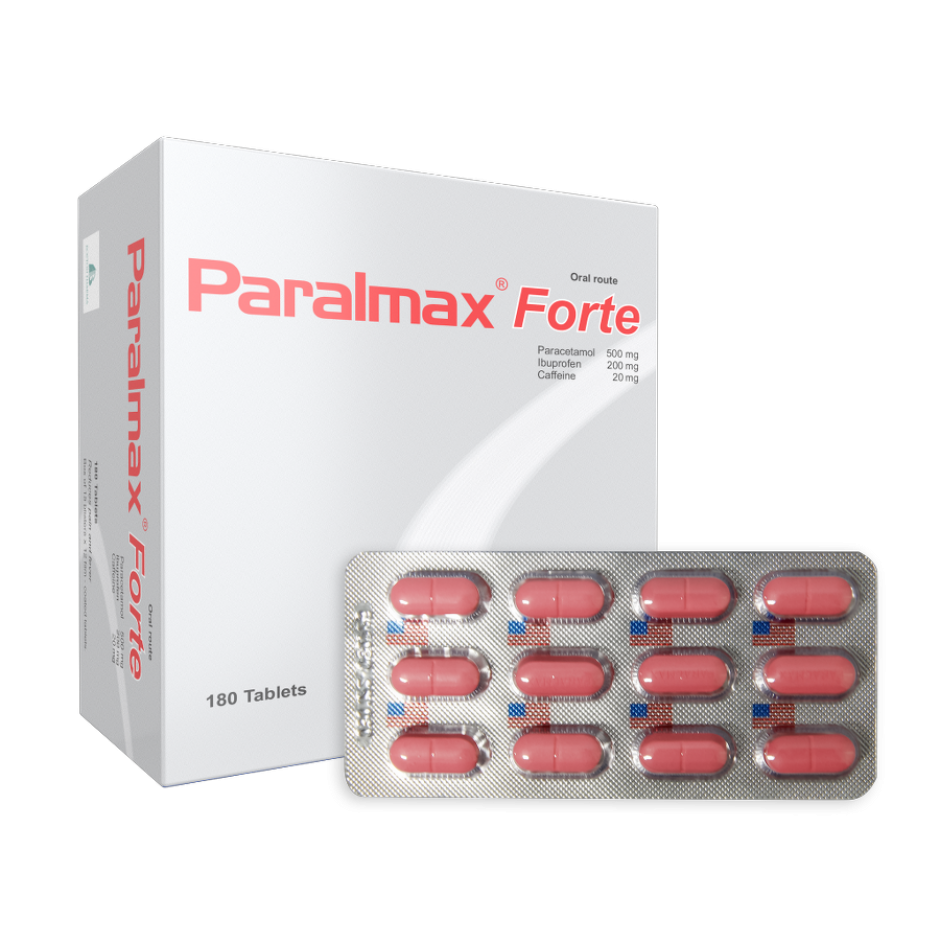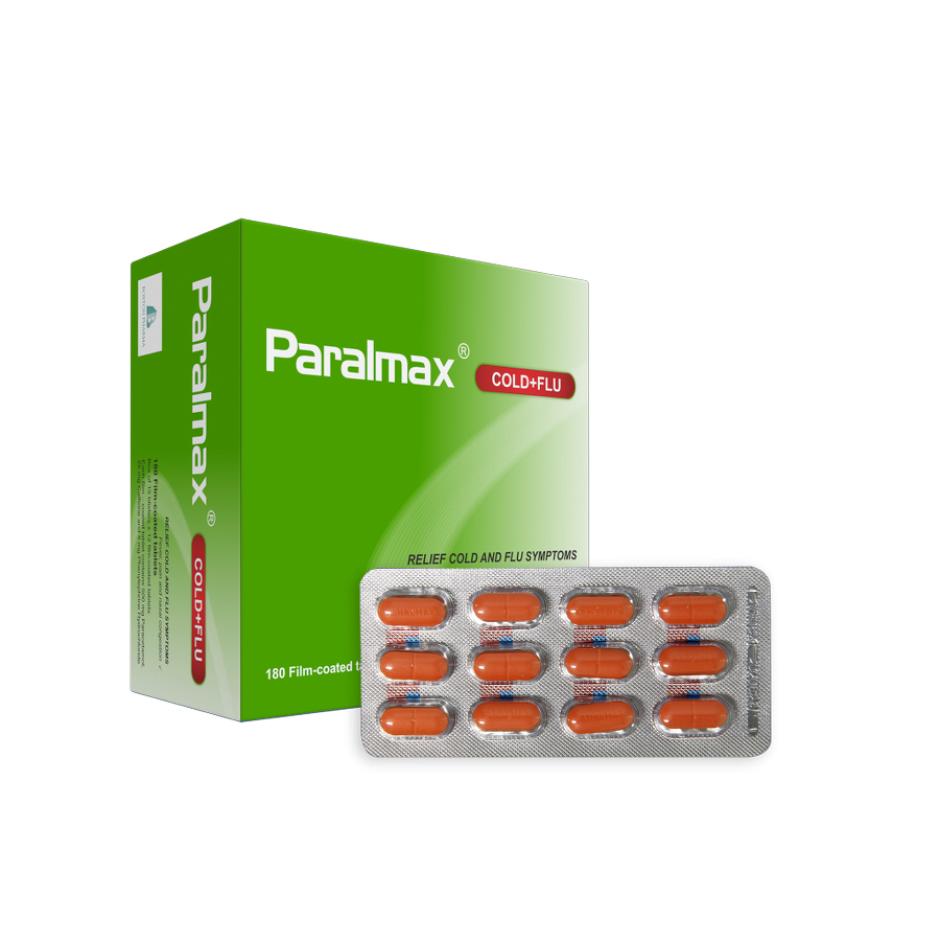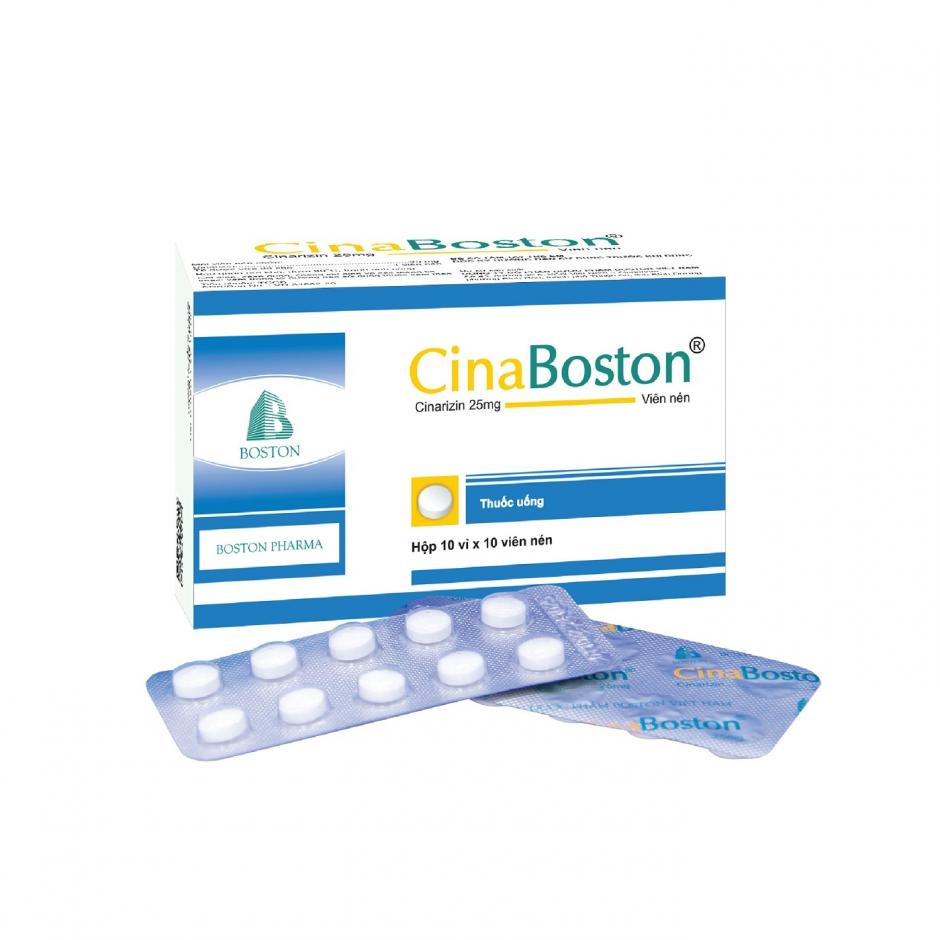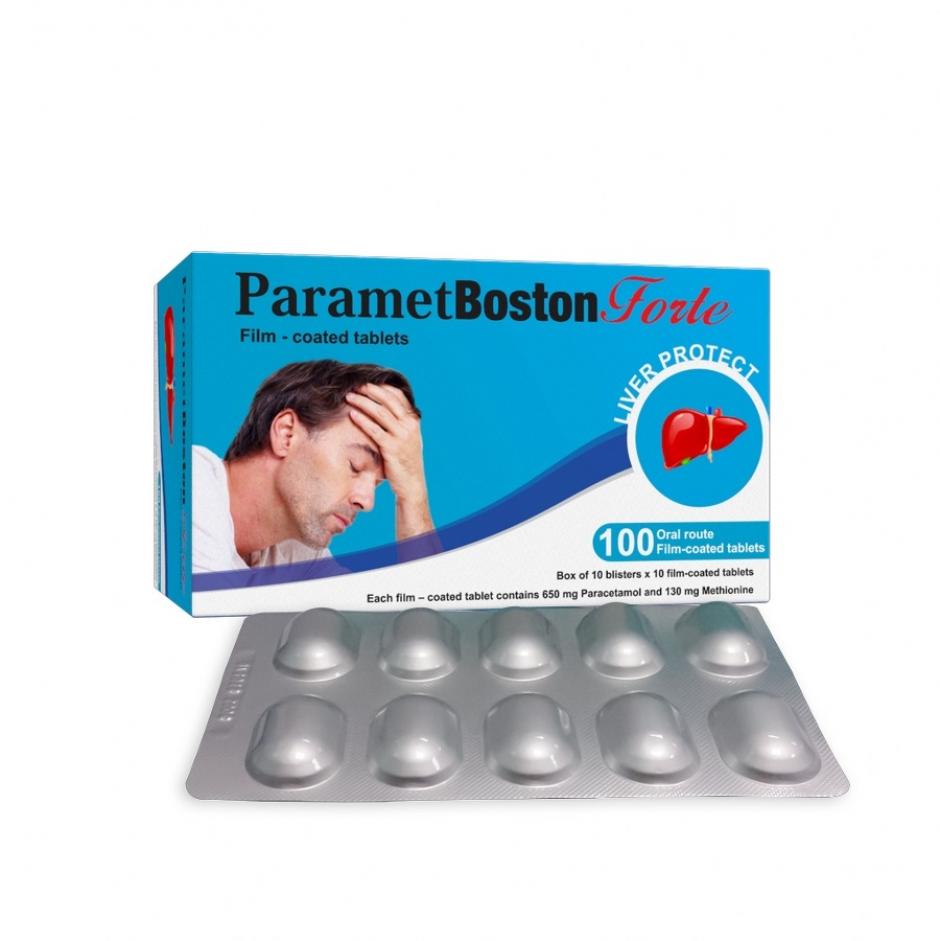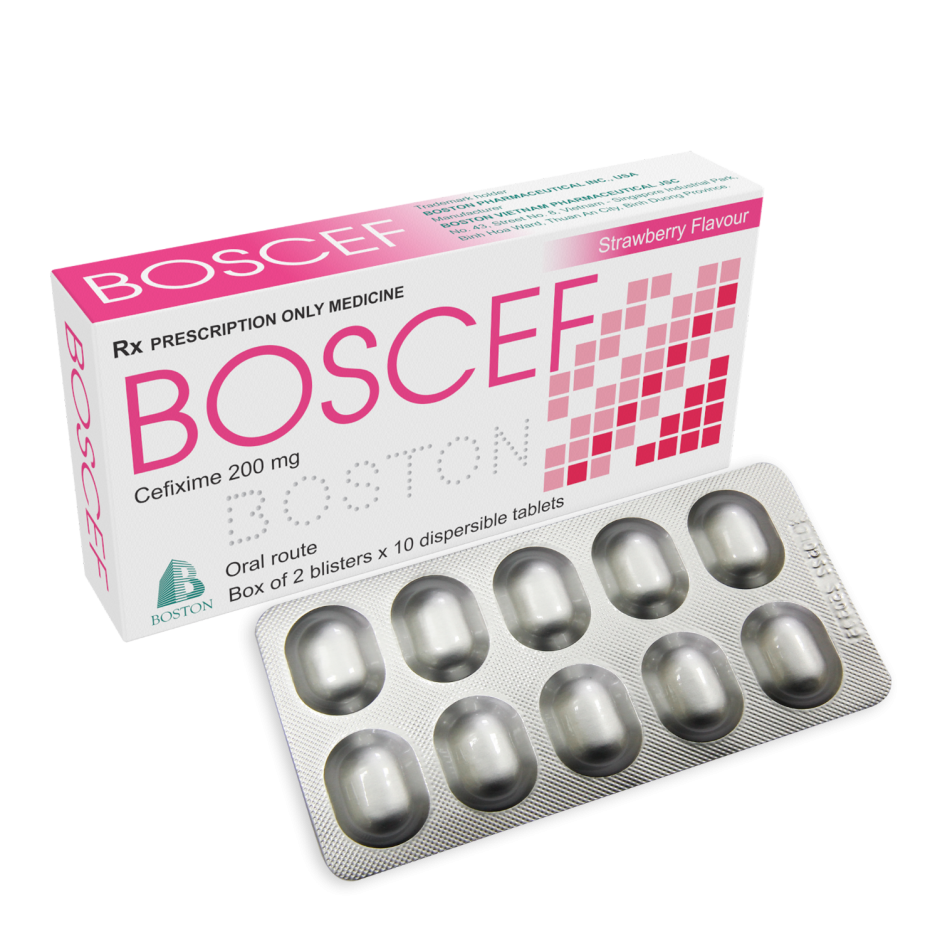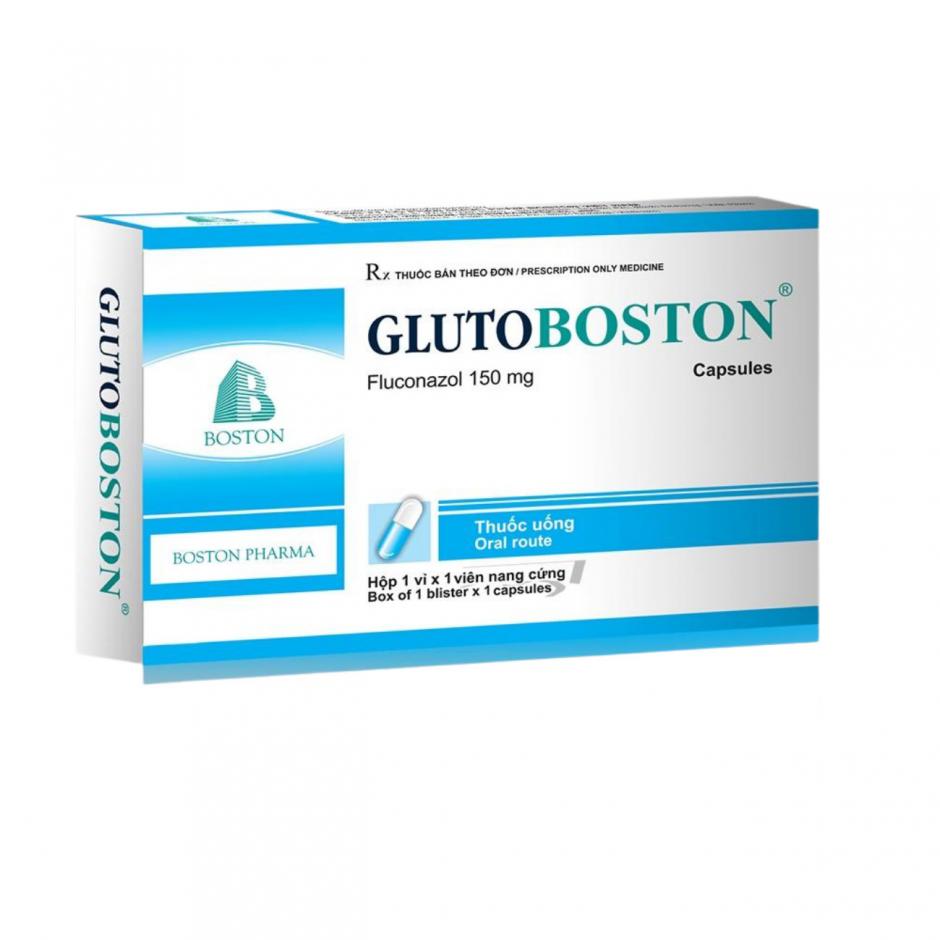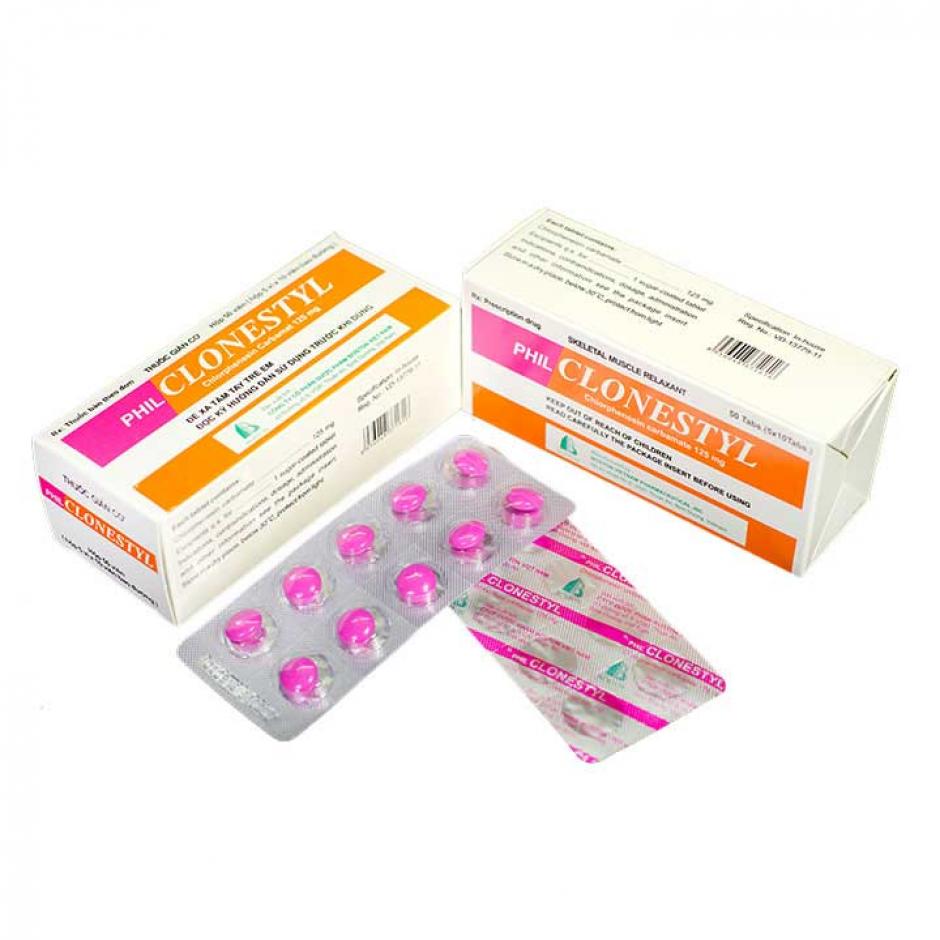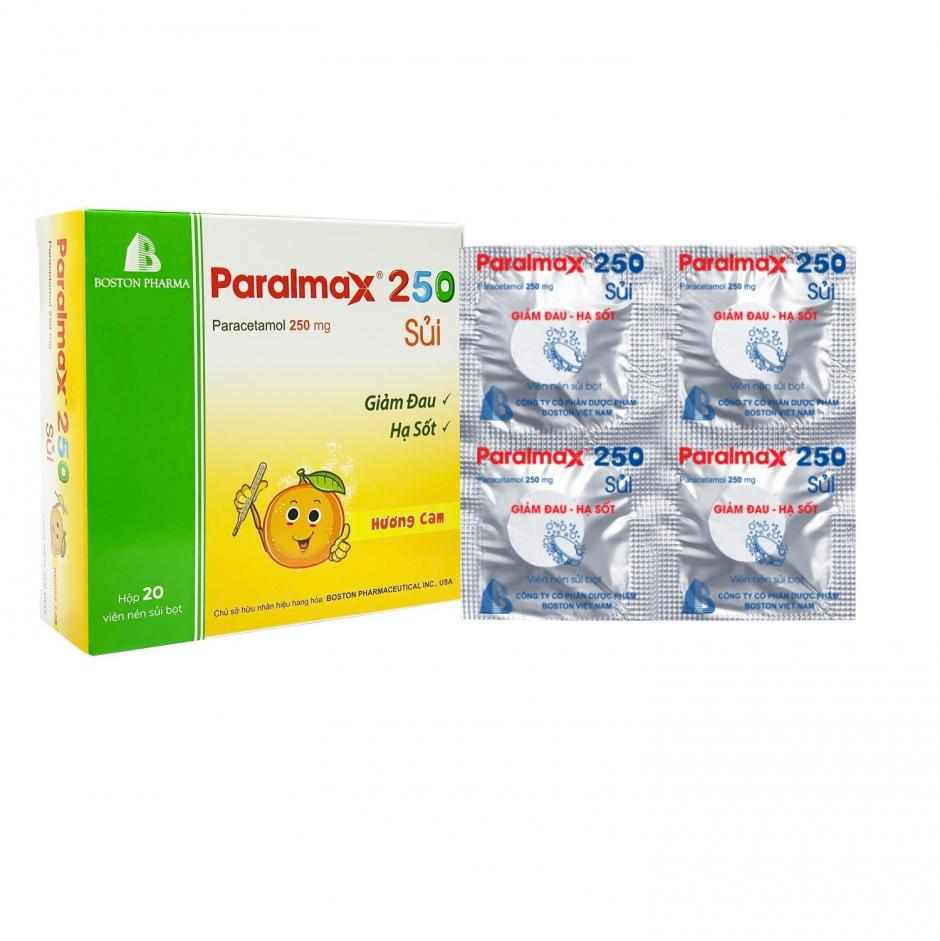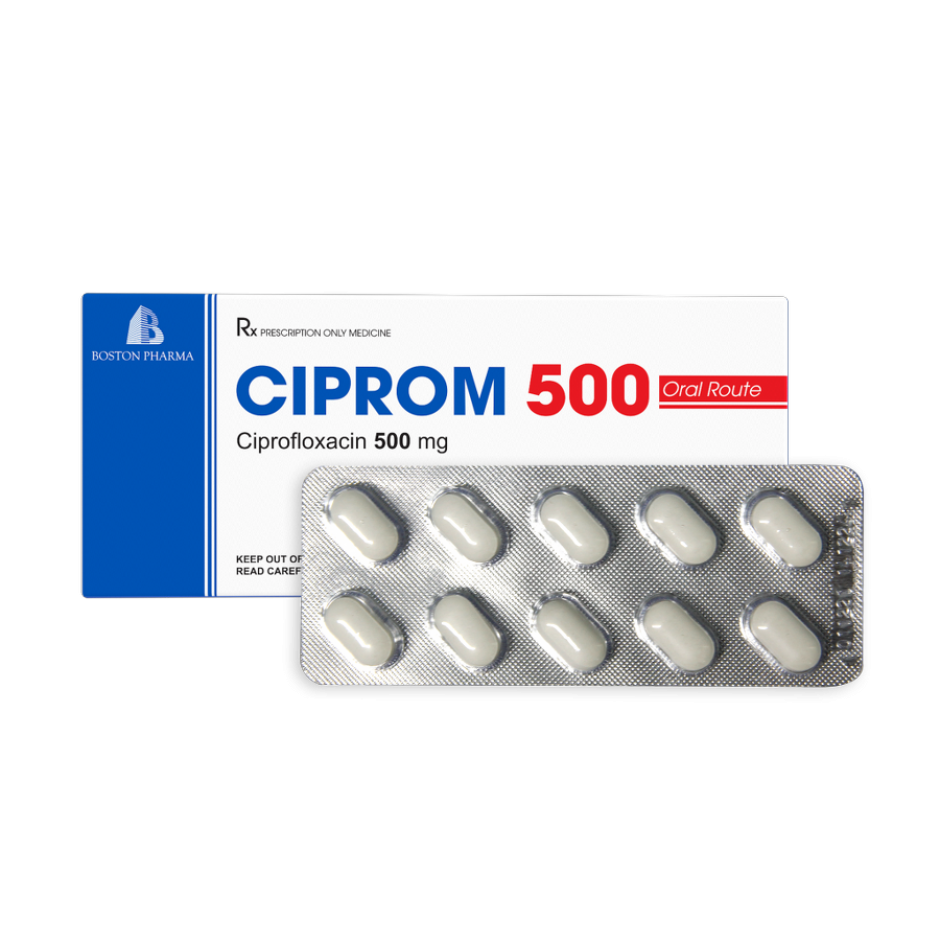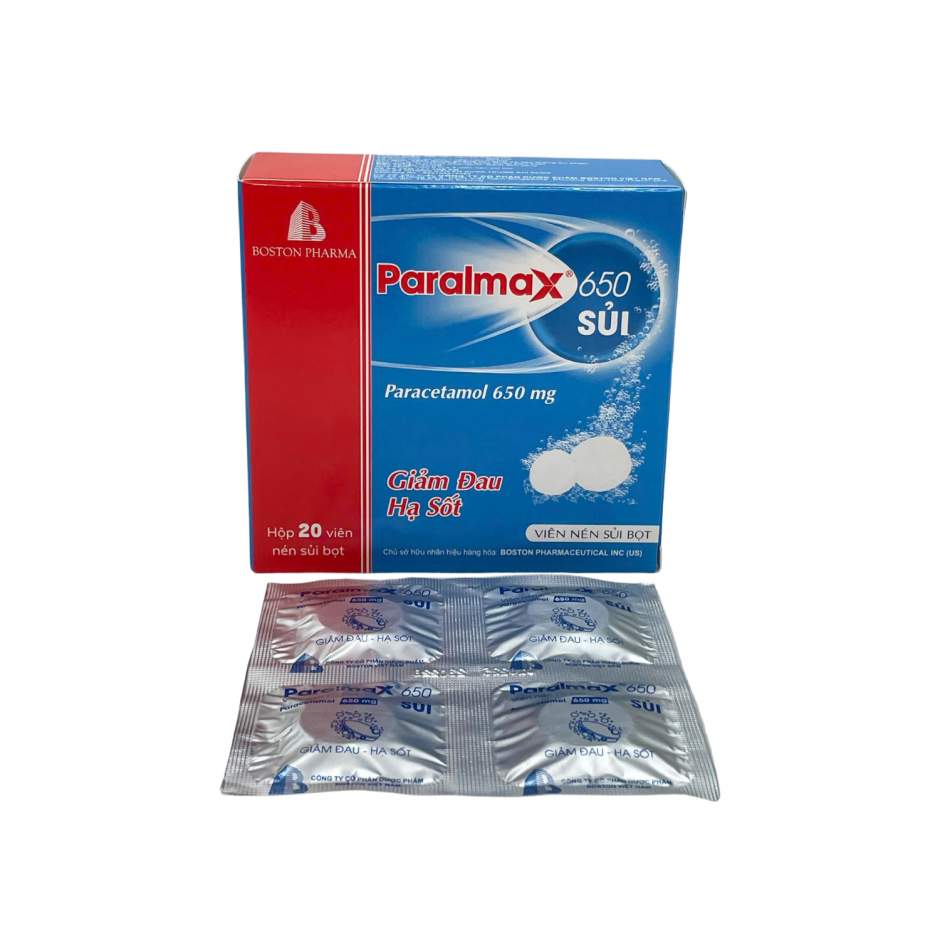DOSAGE
Adults: 1 to 2 tablets daily, one tablet in the morning and one in the evening.
Children: It is not recommended for use in children.
Elderly: The lowest effective dose should be used and for the shortest possible duration. The patient should be monitored regularly for GI bleeding during NSAID therapy. The pharmacokinetics of aceclofenac are not altered in elderly patients, therefore it is not considered necessary to modify the dose or dose frequency.
ADMINISTRATION
PARALMAX ACE is administered orally. To be taken preferably with or after food.
CONTRAINDICATIONS
Patients with a known hypersensitivity to aceclofenac, paracetamol or any other excipients in this product.
Active, or history of recurrent peptic ulcer/haemorrhage (two or more distinct episodes of proven ulceration or bleeding).
Patients with a history of hypersensitivity reactions (e.g. asthma, rhinitis, angioedema or urticaria) in response aspirin, or other NSAIDs.
Patients with active bleeding or bleeding diathesis.
Severe hepatic failure and renal failure and analgesic nephropathy.
Patients with G6PD enzyme deficiency.
Established congestive heart failure (NYHA II-IV), ischemic heart disease, peripheral arterial disease and/or cerebrovascular disease.
History of GI bleeding or perforation, related to previous NSAIDs therapy.
Pregnancy, lactation.
WARNING AND PRECAUTIONS
Monitor renal and hepatic function and blood counts during long term treatment.
Do not exceed the recommended dose. In order to minimize risk of overdose and adverse effects, do not use concomitantly with other NSAIDs or paracetamol containing products without prescription.
The hazards of paracetamol overdose are greater in patients with non-cirrhotic alcoholic liver disease. Immediate medical advice should be sought in the event of an overdose, even if the patient feels well, because of the risk of delayed, serious liver damage.
Elderly: The elderly have an increased frequency of adverse reactions to NSAIDs especially GI bleeding and perforation which may be fatal.
Respiratory disorders: Caution is required if administered to patients suffering from, or with a previous history of, bronchial asthma since NSAIDs have been reported to precipitate bronchospasm in such patients.
Renal: The importance of prostaglandins in maintaining renal blood flow should be taken into account in patients with impaired cardiac or renal function, those being treated with diuretics or recovering from major surgery. Effects on renal function are usually reversible on withdrawal of PARALMAX ACE.
Hepatic: If abnormal liver function tests persist or worsen, clinical signs or symptoms consistent with liver disease develop or if other manifestations occur (eosinophilia, rash), PARALMAX ACE should be discontinued. Close medical surveillance is necessary in patients suffering from mild to moderate impairment of hepatic function. Hepatitis may occur without prodromal symptoms.
Cardiovascular and cerebrovascular effects: PARALMAX ACE should be used with caution in patients with congestive heart failure (NYHA-I) or patients with risk factors for cardiovascular events (e.g., hypertension, hyperlipidemia, diabetes mellitus and smoking) or patients with a history of cerebrovascular bleeding. The shortest duration possible and the lowest effective daily dose should be used. The patient's need for symptomatic relief and response to therapy should be re-evaluated periodically.
GI bleeding, ulceration or perforation, which can be fatal, has been reported with all NSAIDs at any time during treatment, with or without warning symptoms or a previous history of serious GI events. Close medical surveillance is imperative in patients with symptoms indicative of GI disorders, with a history suggestive of GI ulceration, with ulcerative colitis or with Crohn's disease, bleeding diathesis or haematological abnormalities.
The risk of GI bleeding, ulceration or perforation is higher with increasing NSAID doses, co-administration with oral corticosteroids, warfarin, SSRIs, aspirin, in patients with a history of ulcer, particularly if complicated with haemorrhage or perforation, and in the elderly. These patients should commence treatment on the lowest dose available. Combination therapy with protective agents (e.g. misoprostol or proton pump inhibitors) should be considered for these patients, and also for patients requiring concomitant low dose aspirin, or other drugs likely to increase GI risk.
When GI bleeding or ulceration occurs, the treatment should be withdrawn.
SLE and mixed connective tissue disease: In patients with systemic lupus erythematosus (SLE) and mixed connective tissue disorders there may be an increased risk of aseptic meningitis.
Dermatological: Serious skin reactions, some of them fatal, including exfoliative dermatitis, Stevens-Johnson syndrome, and toxic epidermal necrolysis, have been reported very rarely. Patients appear to be at highest risk for these reactions early in the course of therapy: the onset of the reaction occurring in the majority of cases within the first month of treatment. PARALMAX ACE should be discontinued at the first appearance of skin rash, mucosal lesions, or any other sign of hypersensitivity.
Exceptionally, varicella can trigger serious cutaneous and soft tissues infections complications. To date, the contributing role of NSAIDs in the worsening of these infections cannot be ruled out. Thus, it is advisable to avoid use of PARALMAX ACE in case of varicella.
Hypersensitivity reactions: As with other NSAIDs, allergic reactions, including anaphylactic/anaphylactoid reactions, can also occur without earlier exposure to the drug.
Haematological: PARALMAX ACE may reversibly inhibit platelet aggregation.
PARALMAX ACE should be avoided in patients who have developed anaemia, agranulocytosis or thrombocytopenia secondary to NSAIDs or metamizol.
PREGNANCY AND LACTATION
Pregnancy
Human and animal studies with paracetamol have not identified any risk to paracetamol in pregnancy or embryo-foetal development.
There is no information on the use of aceclofenac during pregnancy. Inhibition of prostaglandin synthesis may adversely affect the pregnancy and/or the embryo/fetal development. Data from epidemiological studies suggest an increased risk of miscarriage, cardiac malformation or gastroschisis after use of prostaglandin synthesis inhibitor in early pregnancy. The absolute risk for cardiovascular malformation was increased from less than 1%, up to approximately 1.5%. The risk is believed to increase with dose and duration of therapy.
During the third trimester of pregnancy, all prostaglandin synthesis inhibitors may expose the foetus to:
Cardiopulmonary toxicity (with premature closure of the ductus arteriosus and pulmonary hypertension);
Renal dysfunction, which may progress to renal failure with oligohydramnios.
The mother and the neonate, at the end of pregnancy, to:
Possible prolongation of bleeding time, an anti-aggregating effect which may occur even at very low doses.
Inhibition of uterine contractions resulting in delayed or prolonged labour.
Consequently, PARALMAX ACE is contraindicated during the pregnancy.
Lactation
No well controlled studies are available regarding the use of aceclofenac with parcetamol in combination for breastfeeding women. Therefore, the use of product should be avoided in lactation.
SHELF-LIFE
36 months from manufacturing date.



_paralmax_ace_900x900.png)
